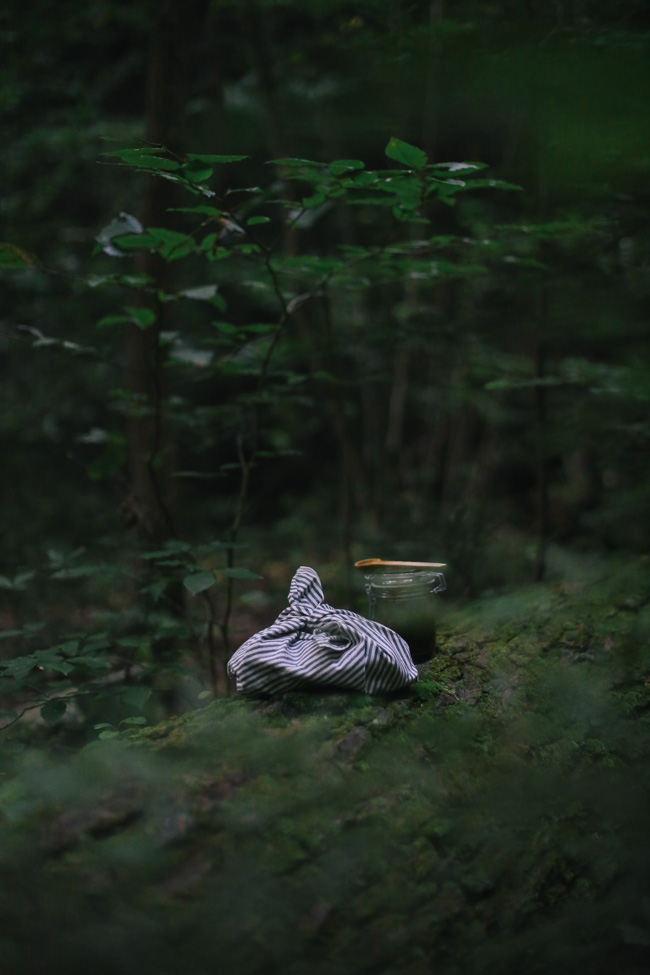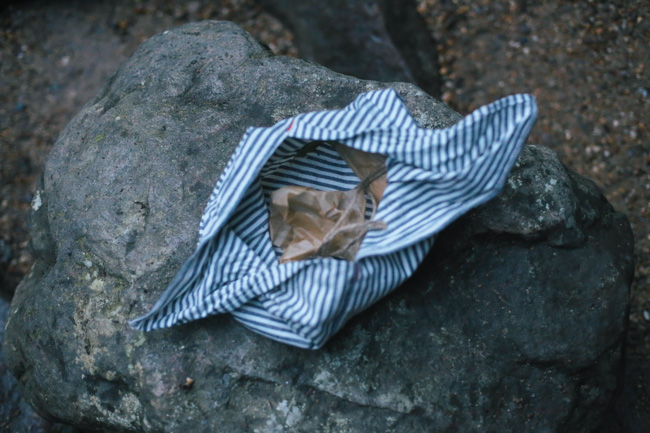Ricotta Maple + Sand Pear Cake
Last week I got wind that a new fruit, one that I hadn't heard of before and one that was new to the late summer growing season in northern Florida, was available at a farm not too far from where I live. Sand pears. I had no idea of their shape, taste, texture or origin. But after months of not much growing around these hot and humid parts, I was ready for this freshly bearing fruit to hit my cutting board and knife. "Make sure you eat at least one as they are", said Brian upon my collection of the pears from Down To Earth Farm. "They're hard, but they are ripe and sweet. And their texture is much like sand."
It was also within the same week that I had picked up the pears, that I went to Pizza Night at Community Loaves - the organic sourdough bakery that I very much love and talk about, probably a little too often. The lovely ladies there had recently made their own ricotta cheese. Their freshly made ricotta featured as a topping on their non vegan pizza option that evening. It was so deliciously creamy and apparently not at all hard to make. "Just whole milk and lemons" said Sarah, as she kindly cleared away our crumb free pizza plates.
So I had Sand Pears and the ingredients to make ricotta. I rode my bike down to my favourite natural food store especially, to pick up some whole fat, deliciously creamy, non homogenized milk from a local farm to make the cheese. It was thoughtfully stored in a half gallon glass bottle, ready to be used, washed and then refilled on return. It put a little extra push into my pedal on my ride home. Both of these ingredients were pure Portlandia - as local and as sustainable as they come. This is the real stuff that I love and live for. I was happy. And it was time to make a cake.
Ricotta so beautifully pairs with pear. I was fixed on making a cake with these two harmonious flavours because I wanted so badly to eat this cake down by the river. We would sit in the afternoon sun, enjoy a cup of tea from the flask and enjoy the end of summer in applaud of the new pear season and the success of making my first home made cheese.
I still would like to do that one day. Have a cake picnic by the river. Unfortunately this time it was a little too wet. The September rain had arrived. So instead, we enjoyed a moody afternoon and a slice of cake by our favourite window in our home.
It's so sad to think that soon enough, this home will no longer be ours. The local farms and stores will be far, far away. And instead of pear cake in September, listening to the late summer rain, there will be cherry blossoms and rhubarb and spring sun on the beach. Time is flying by. Soon we will be south of Sydney and our American life will be left far behind. That's the way it goes I suppose - like changing seasons and fruiting trees, things come and things go.
There will be plenty more seasons and much newness to taste. I'm just struggling a little knowing that soon this season will have to be left behind. So, here's to enjoying sand pears, home made ricotta and the seasons, even as they pass, just as they are.
Ricotta Maple + Sand Pear Cake
prep time: 10 minutes
cook time: 40 minutes
total time: 50 minutes
yields: 8 hearty servings
1 cup fresh, home made full-fat ricotta (see recipe below)
1/3 cup olive oil
2/3 cup maple syrup
1 tablespoon freshly grated lemon zest
2 tbs whey (or milk)
2 large eggs
1 1/2 cup all-purpose flour
1 1/2 teaspoon baking powder
1/4 teaspoon baking soda
1/2 teaspoon salt
3 small sand pears peeled, cored and quartered
Preheat your oven to 180°C / 350° F, and grease and flour a 23cm / 9-inch spring form cake tin .
Place the ricotta, oil, maple syrup, and lemon zest in a large bowl and whisk together. Add eggs, one at a time, whisking in between each addition. Add the dry ingredients to the bowl and gently mix together to combine. Pour the batter into the cake pan.
Place the pears gently on top of the batter, cut side down, to form a rounded pattern.
Bake for 40 minutes, or until the top is golden brown and a skewer inserted into the center of the cake comes out clean. Cool in the pan for 10-15 minutes then serve warm or at room temperature.
Homemade Ricotta
prep time: 5 minutues
cook time: 25 minutes - 1hr 20 minutes (depending on how you like your cheese)
yields: approx 2 cups
1.8 liters / 1/2 gallon non homogenized milk (homogenized milk will work fine too)
1/3 cup lemon juice from 1 1/2 to 2 lemons
1 teaspoon salt, optional
Instant read thermometer or candy thermometer
Cheese cloth
Pour the milk into a medium size saucepan. Gradually warm the milk over medium heat until it reaches 95°C / 200°F: The milk will get foamy and start to steam; remove it from heat if it starts to boil.
Remove the milk from the heat and pour in the lemon juice. Stir gently to combine.
Let the saucepan of milk sit undisturbed for 10 minutes. After this time, the milk should have separated into clumps of milky white curds and thin, watery, yellow-colored whey.
Place a strainer over a bowl and line the strainer with cheese cloth. Gently pour the curds and the whey through the strainer.
Let the ricotta drain for 10 to 60 minutes, depending on how wet or dry you prefer your ricotta. If the ricotta becomes too dry, you can also stir some of the whey back in before using or storing it.
Fresh ricotta can be used right away or refrigerated in an airtight container for up to a week.
Recipe adapted from here.












































